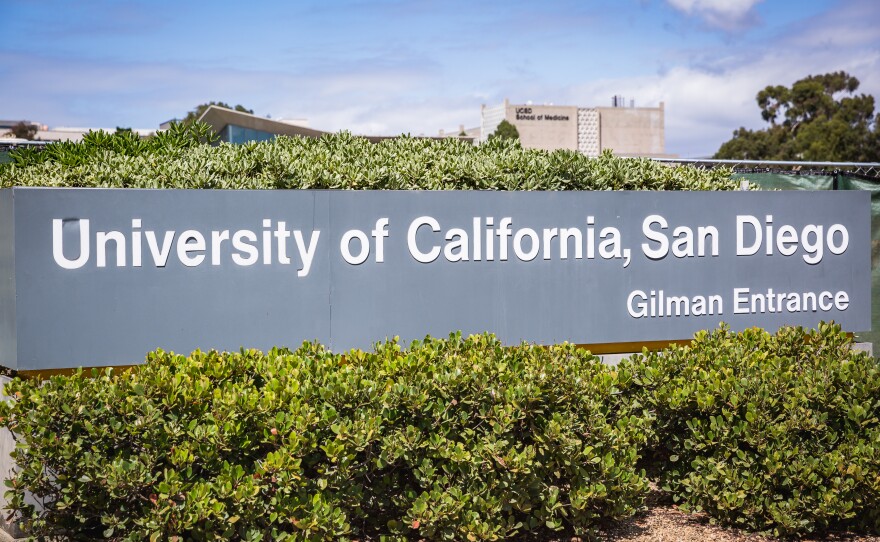It’s the 150th anniversary of the University of California system. UC promises a space for California students who are in the top 9 percent of high school graduates — but many are unable to get into their schools of choice. We take a look at the ever-toughening standards at UCLA.
The University of California system promises a space for in-state students who are in the top 9 percent of high school graduates. In the beginning, that meant qualified seniors got their pick of campuses.
Those years are long gone. Now many top students are rejected from their schools of choice. The harsh truth facing generations of UC graduates is that they’d never get into their alma maters today.
To illustrate ever-toughening standards, we’re taking a trip through a century of admissions standards for UCLA.
The early years
Here’s all you needed to get a spot at UCLA back in 1920: complete four years at an accredited high school, graduate, and convince your principal to complete a fill-in-the-blank letter of recommendation.

If only it were still that easy!
By the 1950s, UCLA admissions officers were asking more of incoming freshman: actual transcripts plus a $5 fee. That’s according to the general catalog for 1950-1951, which also called on prospective students to have grades that “demonstrate the ability to do university work with good prospect of success.”
That meant from your sophomore year on you needed an average of a B grade or better in required courses. But, applicants didn’t have to fret too much about that C in history. An A in English could balance that out.
Bottom line? UCLA in the 1950s was still within reach for the imperfect student.
Ominous warnings
By the 1967-68 academic year, some ominous language appears at the top of the admission section of the catalog. “The requirements outlined below should be regarded as necessary but not sufficient conditions of entrance; the enrollment of applicants who fulfill these requirements may have to be limited.” (Yes, we’ve added the emphasis.)
Three years later, the reality that good grades and good test stores didn’t guarantee you acceptance was spelled even more clearly. “Fulfilling the requirements stated below may not insure admission to the campus of first choice. On some campuses limits have had to be set for the enrollment of new students, and not everyone who meets the requirements can be admitted.”
But it wasn’t until the next decade, the 1980s, when getting into a school like UCLA got a whole lot tougher.
What changed?
Up until 1986 students applied to each campus individually.
Then UC started allowing students to submit a single application to as many campuses as they wanted. That led to both a dramatic increase in applications and a precipitous drop in acceptance of students who met the requirements, according to a report from the University of California’s Office of the President.
And getting in was about to get increasingly difficult.
Let’s look at the numbers.
In 1989, UCLA’s admission rate was about 42 percent.
Top students, those with a 4.0 GPA or better and an SAT score over 1400, were still basically guaranteed a yes. UCLA admitted 99 percent of kids who applied with those scores.
Now buckle in for the bad news.
By the Fall of 1999, UCLA was admitting only 29 percent of applicants. Eighty-two percent of the students it admitted had a better than 4.0 GPA.
In 2009, UCLA’s admission percentage was down to 22 percent. Nearly 93 percent of students admitted had a GPA higher than 4.0.
And, of the 102,242 applicants to UCLA for the Fall of 2017, only 16 percent got in. Seventy-four percent of admitted students from the US had GPA’s over 4.33.
Only 2 percent of US students with GPAs under 3.72 got in.
And only 46 percent of kids with a GPA over 4.34 earned a spot.
So, back to our original question: could you get into UCLA today?
Probably not.





